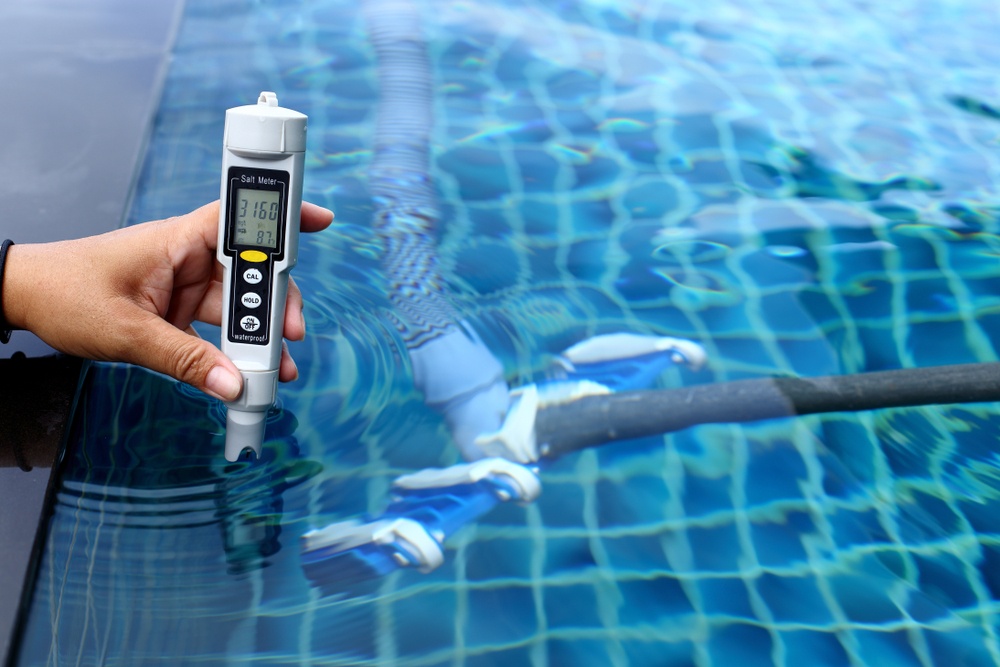
A Guide to Phosphate Removers for Virginia’s Pristine Pools
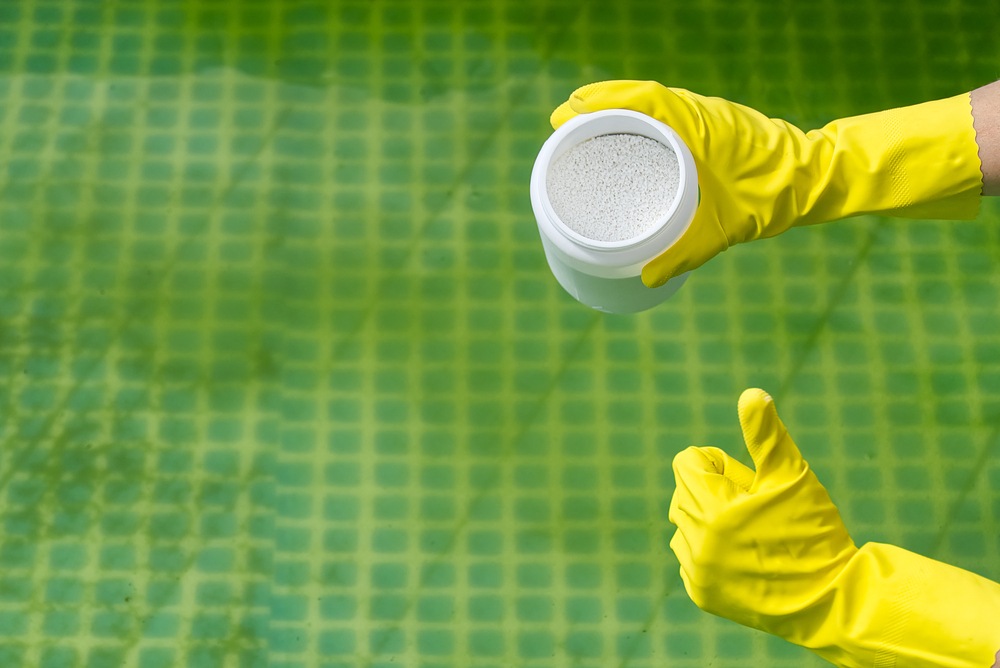
Ah, pools! Those sparkling oases of fun in our backyards. As a pool owner in Virginia, you know the joy of a refreshing dip on a hot summer day. But, let’s face it, keeping that water crystal clear is no small feat. It’s not just about scooping out leaves or ensuring the water doesn’t turn into an iceberg in winter. The real challenge lies in something much smaller, yet hugely impactful – phosphates and nitrogen.
Let me take you back to a time when the pool industry was just about chlorine and pH levels. It was 1994, and a chap named Dudley John Mills, a pool enthusiast whose dedication to his backyard haven was nothing short of legendary made a groundbreaking discovery. Collaborating with Lo-Chlor, a top chemical manufacturer, Dudley unveiled a milky substance that would forever change the way we care for our pools. Fast forward over two decades, and that milky discovery, known as “phosphate remover,” is the superstar of pool chemicals, universally recognized and used.
But why are phosphate removers such a game changer? To understand this, we need a quick dive into what phosphates are and how they, along with nitrogen, can turn your pool from a pristine paradise into a murky, algae-infested swamp.
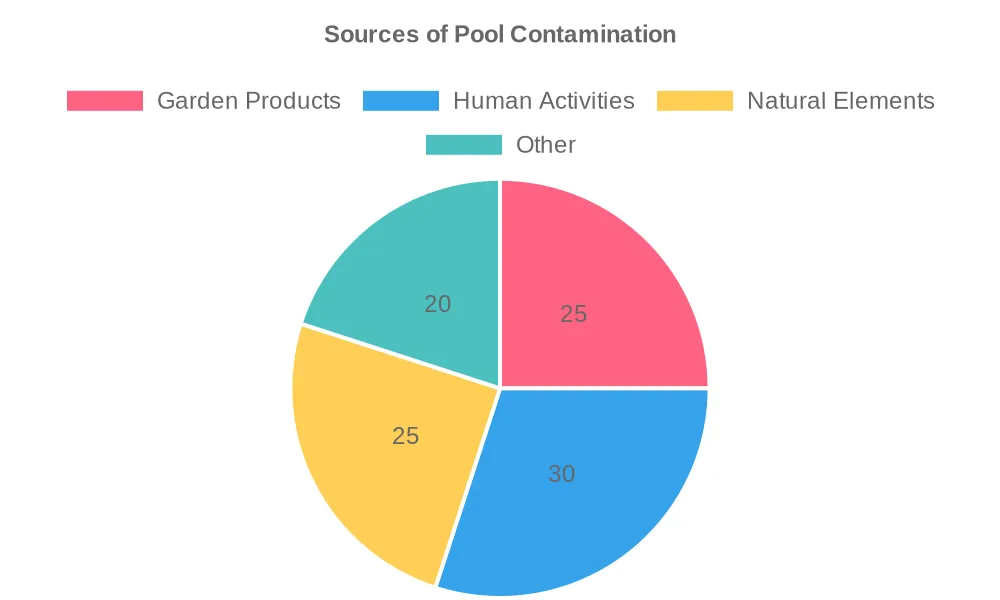
Latest

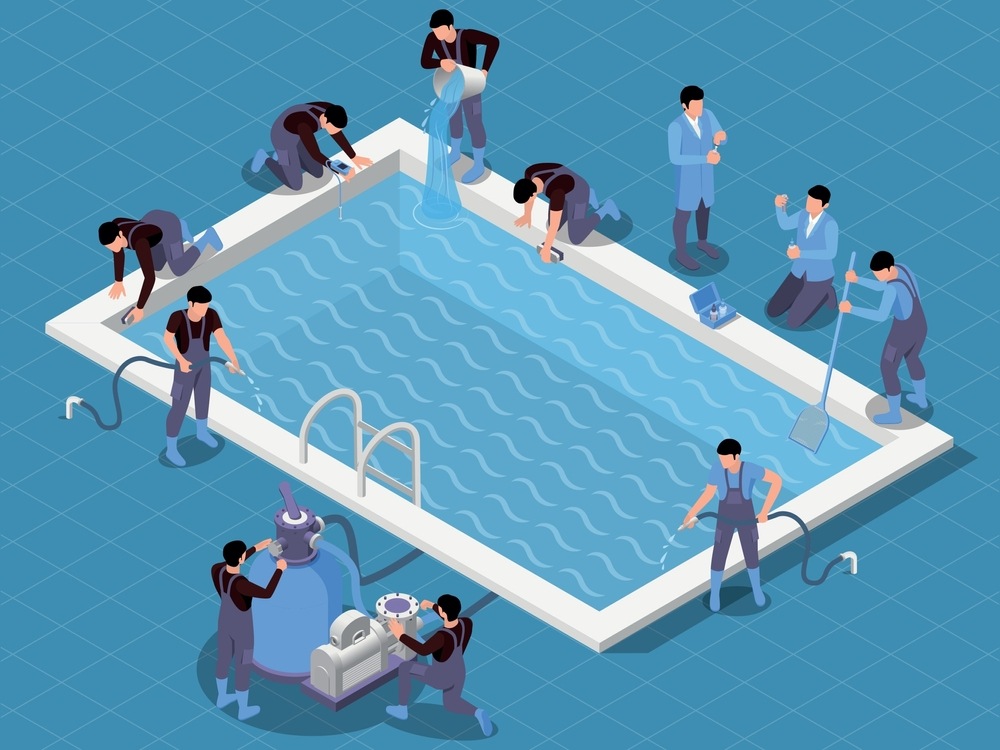
How Do You Properly Clean a Fiberglass Pool in 2024?
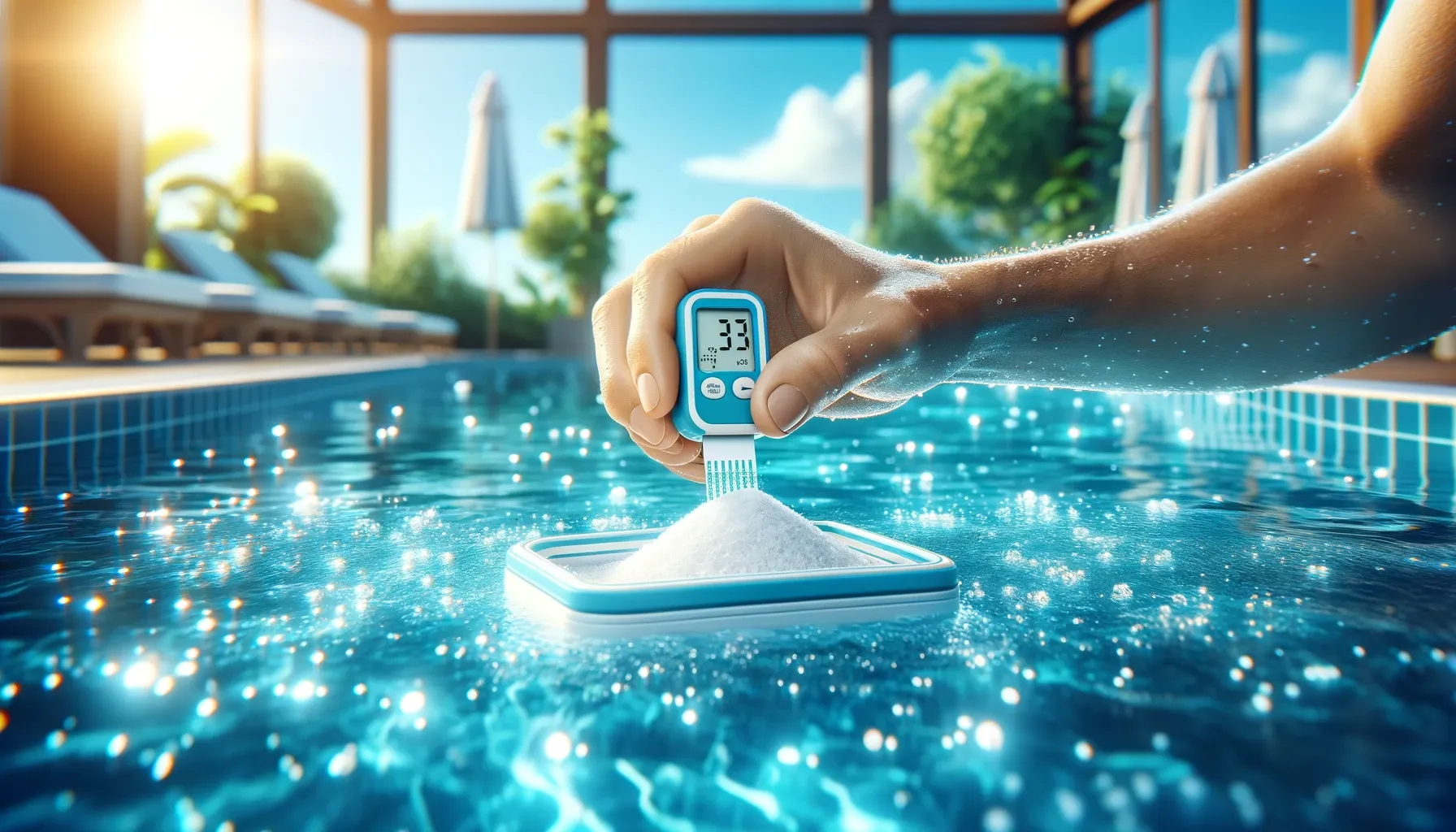
How Do You Know If Your Pool Needs Salt?
Categories
Phosphates and Nitrogen: The Unseen Adversaries
Imagine phosphorus as an uninvited guest at your pool party, sneaking in through garden products, the rain, or even those autumn leaves that look so picturesque but are actually little troopers of trouble. Phosphorus, a mineral, teams up with nitrogen, a gas, and together they roll out the red carpet for algae. High phosphate and nitrogen levels in your pool mean algae can thrive, turning your water cloudy and demanding more chlorine to maintain hygiene.
You might wonder, “How do these phosphates and nitrogen even get into my pool?” Well, it’s the simple things – wind blowing dirt, sprinkler run-off, even swimmers unknowingly contribute. Yes, human activities, like not showering before a dip or, let’s say it, peeing in the pool, are major contributors. It’s a bit icky to think about, but sweat and urine are rich in nitrogen.
Algae: The Unwanted Pool Party Crasher
Algae in your pool are like those party crashers who just won’t leave. They love phosphates and can grow rapidly, especially in pools that aren’t maintained well. Now, you might be thinking, “I clean my pool regularly; why do I still get algae?” That’s because even the tiniest phosphate levels, invisible to the naked eye, can be a feast for algae. And once they start growing, they’re like uninvited guests who start inviting their friends over.
Understanding and Combating Algae – Phosphate Removers vs. Algaecides
Now, let’s get down to the nitty-gritty of keeping your pool in top shape. You might have heard about phosphate removers and algaecides, but knowing when and how to use them is key. This isn’t just about chucking chemicals in the water and hoping for the best. It’s about smart, informed pool care.
The Misunderstood Role of Phosphate Removers
Phosphate removers, despite their fame, are often misunderstood. Here’s the deal: they’re not algaecides. They don’t kill algae. Surprised? You’re not alone. Many pool owners see a green tint to their water and immediately reach for phosphate removers. But that’s like trying to fix a leaky faucet by changing the lightbulbs – it doesn’t address the real issue.
Phosphates are like algae food. When algae are present, they gobble up phosphates, often reducing the phosphate level to nearly zero. So, if you have an algae problem, your phosphate level might already be low, thanks to the algae feasting on it. Using a phosphate remover in this situation is like offering a belt to someone who’s already lost weight – it’s unnecessary and won’t solve the problem.
Algaecides: The Real Algae Busters
When it comes to battling algae, algaecides are your true heroes. They come in various forms, with copper-based algaecides being particularly effective against a range of algae types. But remember, not all algaecides are created equal. Some might give you quick results, only for the algae to return like a bad sequel. Others, especially those tailored for specific algae types, can provide more lasting solutions.
Timing is Everything
Imagine you’ve got a green algae situation. This is where a well-timed one-two punch works wonders. First, hit the algae hard with an appropriate algaecide. Once you’ve got the algae under control, then consider a phosphate remover. Why? Because now you’re preventing future algae growth by removing their food source, ensuring your pool stays clearer for longer.
Effective Treatment Strategies and Maintenance Tips
Alright, so we’ve tackled the what and the why, now let’s dive into the how – the practical, roll-up-your-sleeves part of keeping your pool algae-free and sparkling.
Step-by-Step Pool Phosphate Treatment
First things first, let’s talk about tackling those pesky phosphates. Here’s a tried-and-true method that I’ve found works wonders:
- Test for Phosphate Levels: It’s like checking the weather before a picnic. You need to know what you’re dealing with.
- Vacuum the Pool: This isn’t just about aesthetics. Removing debris is crucial before you start any chemical treatment.
- Backwash Your Pool Filter: Think of it as resetting your filter to be ready for the heavy lifting.
- Apply Phosphate Remover: Follow the label instructions to the letter. Overdoing it won’t help and can actually throw off your pool’s chemical balance.
- Run the Filter and Backwash Again: This is about giving the phosphate remover time to do its magic and then clearing out the remnants.
Now, if you’re dealing with an algae bloom, the process is a bit different. Algae treatment is more about confrontation – you’ve got to be ready to take on these unwelcome guests.
Algae Treatment: A Proactive Approach
- Identify the Algae Type: Different strokes for different folks – or in this case, different treatments for different algae.
- Choose the Right Algaecide: Copper-based for a wide range, or specialized ones for stubborn types like black spot or mustard algae.
- Apply Algaecide and Brush the Pool: This helps the chemical reach every nook and cranny where algae might be hiding.
- Balance Your Pool Chemicals: After the algae are gone, it’s about maintaining the perfect chemical harmony to prevent a sequel.
Regular Maintenance
Lastly, regular maintenance is your best defense against algae and phosphate problems. Here’s what I recommend:
- Skim and Vacuum Regularly: It’s like brushing your teeth – do it often to prevent bigger issues.
- Monitor Chemical Levels: Keep an eye on pH, alkalinity, and sanitizer levels. They’re the foundation of a healthy pool.
- Be Aware of External Factors: Lawn fertilizers, rainwater run-off, and even the products you use on your skin can impact your pool’s health.
Remember, owning a pool in Virginia is a joy, but it comes with responsibilities. Keeping on top of your pool’s chemical balance isn’t just about clear water – it’s about ensuring a safe, enjoyable environment for everyone who takes a dip. Still stuck, talk to Us!!
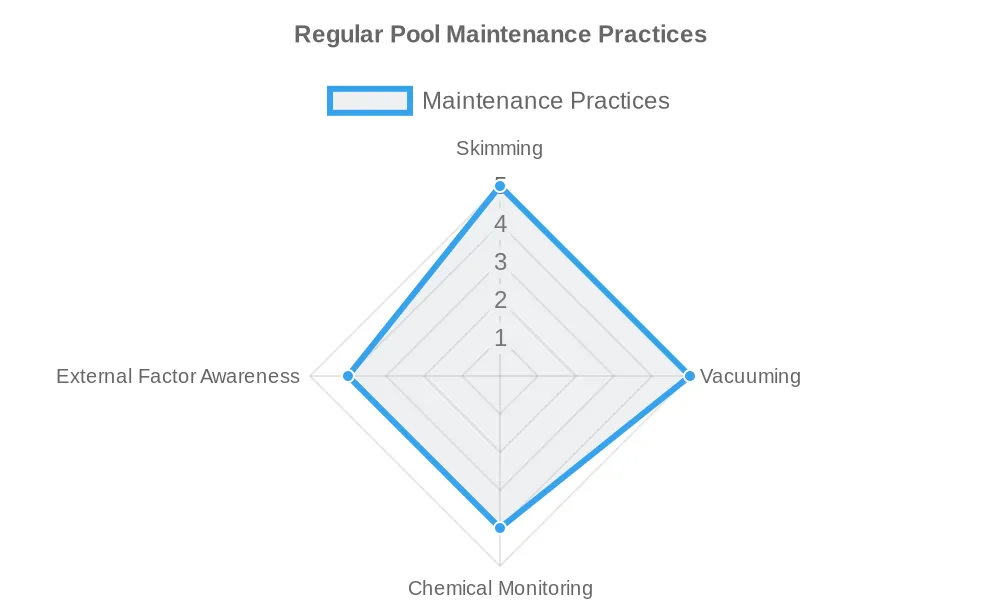
Latest

How to Maintain the Recommended Salt level in your Pool in 2024

How Do You Properly Clean a Fiberglass Pool in 2024?

How Do You Know If Your Pool Needs Salt?
Categories
YOU'RE NOT IN THIS ALONE
We are with you every splash of the way
Need a pool fix or looking for an upgrade? We’re just one click away to help with all your pool needs.

